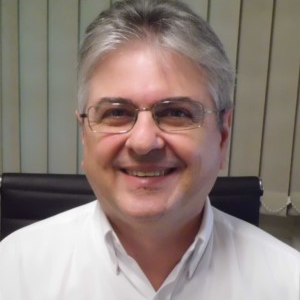Integrated Aquaculture and Monoculture of Low-Trophic Species
A special issue of Fishes (ISSN 2410-3888). This special issue belongs to the section "Sustainable Aquaculture".
Deadline for manuscript submissions: closed (10 April 2024) | Viewed by 14299
Special Issue Editors
Interests: sustainability; SDGs; bioeconomy; circular economy; aquaculture production systems; nutrient budget
Special Issue Information
Dear Colleagues,
Aquaculture is undoubtedly a critical sector for satisfying the needs of a growing human population and meeting the Sustainable Development Goals of Agenda 2030. Nevertheless, some current paradigms should be changed to match the sustainable production of aquatic organisms. To improve sustainability, the linear economy model should move to the circular economy, and low-trophic-level species should replace high-trophic-level species monoculture. Combining species with complementary ecosystemic functions and requirements in the same culture allows for more efficient production systems. In this way, developing integrated multi-spatial, multi-niche, or multi-trophic aquaculture (IMTA) may be a solution. Innovative systems associating autotrophic organisms, microbes, and suspension- and deposit-feeders with manufactured-diet-fed species may improve the efficiency of using natural resources and circularity. On the other hand, farming low-trophic species in monoculture and integrated culture is more environmentally efficient than farming high-trophic-level ones.
This Special Issue aims to publish high-quality research on innovative integrated aquaculture systems developed in marine or inland waters, as well as on the biology and farming of low-trophic species suitable for sustainable aquaculture. We consider low-trophic species the primary producers, as well as herbivorous, detritus feeders, and other animals fed mainly on plankton and benthic invertebrates. Studies focused on all value chain elements of aquaculture are appropriate. We welcome the submission of original research articles or short communications and reviews.
Prof. Dr. Wagner C. Valenti
Prof. Dr. Eduardo Luis Ballester
Guest Editors
Manuscript Submission Information
Manuscripts should be submitted online at www.mdpi.com by registering and logging in to this website. Once you are registered, click here to go to the submission form. Manuscripts can be submitted until the deadline. All submissions that pass pre-check are peer-reviewed. Accepted papers will be published continuously in the journal (as soon as accepted) and will be listed together on the special issue website. Research articles, review articles as well as short communications are invited. For planned papers, a title and short abstract (about 100 words) can be sent to the Editorial Office for announcement on this website.
Submitted manuscripts should not have been published previously, nor be under consideration for publication elsewhere (except conference proceedings papers). All manuscripts are thoroughly refereed through a single-blind peer-review process. A guide for authors and other relevant information for submission of manuscripts is available on the Instructions for Authors page. Fishes is an international peer-reviewed open access monthly journal published by MDPI.
Please visit the Instructions for Authors page before submitting a manuscript. The Article Processing Charge (APC) for publication in this open access journal is 2600 CHF (Swiss Francs). Submitted papers should be well formatted and use good English. Authors may use MDPI's English editing service prior to publication or during author revisions.
Keywords
- integrated aquaculture
- IMTA
- circular aquaculture
- low-trophic aquaculture






